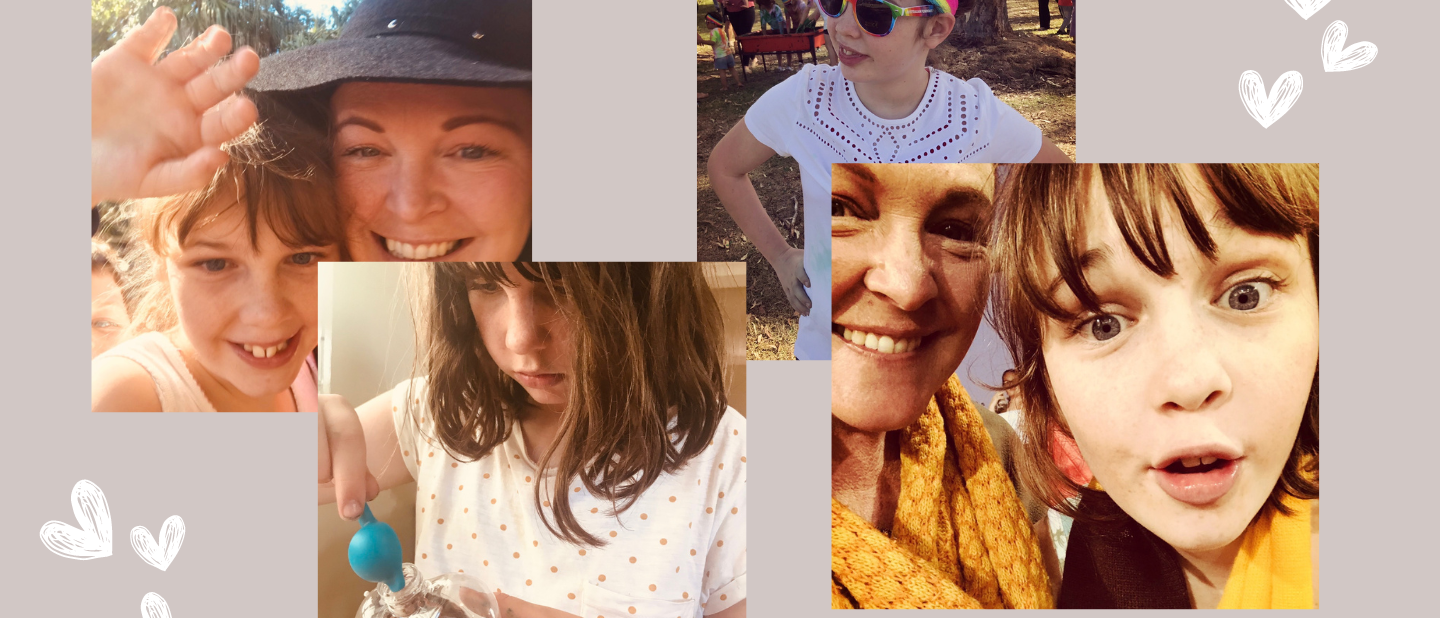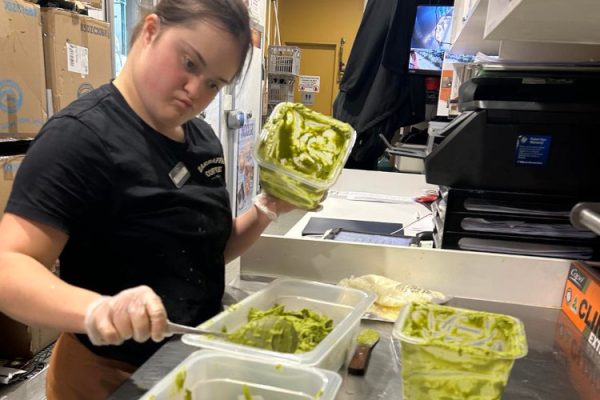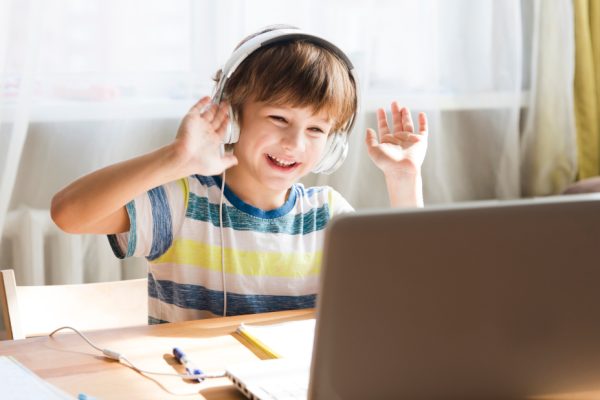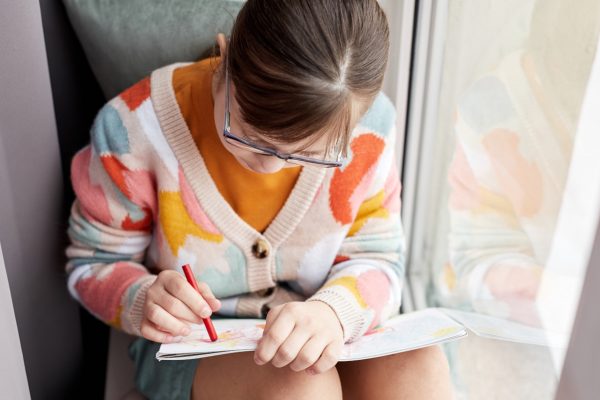
Speech & communication: Molly’s journey
Thanks to mum, Angela, for answering our questions.
Can you share some insights into Molly’s speech and language development and the challenges she has?
Molly is considered non-verbal/non- speaking and has a diagnosis of Apraxia of Speech. A simple explanation I share about this is; when an individual has a stroke, they can lose their ability to speak because there has been a disruption to the neural pathways in the brain. Speech therapy helps them reconnect those pathways. However, in Molly’s case, those pathways have never existed, so creating them is an extremely slow process, if they can be created at all.
How does Molly communicate? Are there alternative methods or augmentative communication tools that have helped?
When Molly turned two, her frustration levels were so extreme I started to learn AUSLAN and taught her to sign. Gradually, more interventions have been introduced over the years; augmentative tools – like a PODD.
Molly has tried Proloquo2Go on her iPad- yet finds it very frustrating and her fine motor skills make it a little more difficult to use.
There’s a lot of ‘charades’ that occurs in our house- a mixture of AUSLAN and ‘acting’, we giggle a lot. I have begun to build a team around her that is learning her communication style so that she has supports that understand her moving forward.
What strategies have helped Molly communicate at school?
She uses different methods of communication. She will attempt to vocalise and then move onto AUSLAN if she’s not understood. Then, if there’s still a communication breakdown she will gesture and point, and if none of these strategies are successful, she will use a PODD as her last resort.
Have Molly’s challenges impacted her friendships or ability to make friends at school?
Oh absolutely. Parallel play has been the usual for Molly – playing alongside other kids but not really engaging – but that’s hard as she gets older and has so much more to say. A new strategy we’ve started is that we will have a friend come over, they will do some craft together and I am the interpreter between the two as they do an activity. It’s incredibly exciting.
What interventions and/or therapies have contributed to Molly’s speech & communication progress?
If you find a great speech therapist, hold onto them tight! Molly went through so many, and when we finally found the perfect fit, her progress was phenomenal. Don’t feel guilty for changing if you feel something isn’t quite right.
What would you like people to know about supporting a child with communication difficulties?
Be patient and observe. You learn so much by just sitting back and watching a child with communication challenges. Watch how their parents interact and communicate with the child – you’ll most certainly learn something. Also, just have fun; there are so many ways to communicate – even through a smile, singing songs with actions, learning simple AUSLAN signs, and most importantly when your kiddo is playing and having fun, that’s where you can integrate new communication techniques for them
to try.







